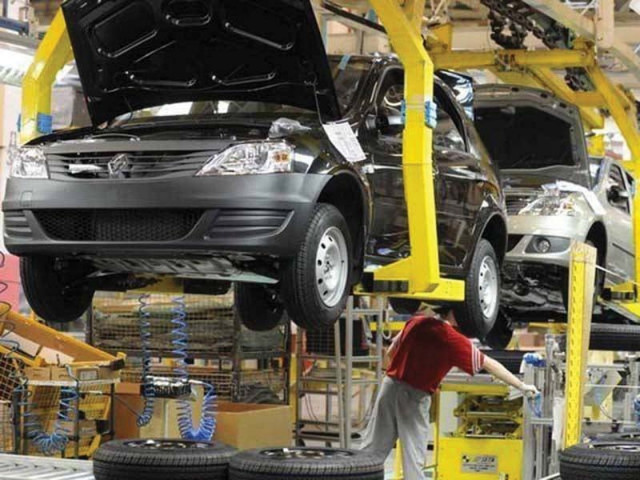Carmakers may be forced to use local parts
Manufacturing of auto parts in country to drive prices down

The local manufacturing of auto parts can provide some relief from the rising tide of inflation. The government is expected to bind car producers through some regulations to increase the levels of localisation. At a corporate briefing, the management of Honda Atlas Cars (HCAR) disclosed efforts for localisation of different auto products and parts.
For example, Honda City has achieved a localisation level of 70%, Civic has achieved 60% and BR-V 50%, according to a report of AL Habib Capital Markets’ auto analyst Asad Ali. “However, in value terms, this number is reduced to 25% to 30% due to the absence of auto-grade steel industry and highend technology, which requires consistent policy and heavy investment.” As per Honda Atlas, they have localised all parts, which can be done in Pakistan.
Due to the lack of technology, the management indicated that all completely knocked down (CKD) parts cannot be localised, according to Aba Ali Habib Securities’ auto analyst Ali Asif. For this, heavy investment is required, which the management is considering at the moment. HCAR announced a profit of Rs658 million for the first quarter (1QMY22), as compared to a profit of Rs928 million in the same period of last year.
The decrease in profit was attributed to rupee devaluation, higher material prices and higher freight costs. HCAR has recently increased prices by 22% to 24% due to steep devaluation in line with other major industry players. After the drastic fall of Pakistani rupee against the dollar, the company set the parity for prices at Rs235. That said, the company expects gross margins to be in the range of 3% to 3.5% as they have not fully transferred the cost pressures to consumers and are themselves taking a hit.
To promote localisation, the government needs to make a consistent policy for long-term auto sector growth, said Asad Ali. They need to incentivise the local vendors to manufacture high-tech parts as this requires huge investment. In a similar manner, there is a need to bring autograde steel players into the country. However, attracting investment in this business would be difficult if auto sales are less than 0.5 million, he said. “More localisation is the answer to the current skyhigh prices of vehicles,” said Paapam Chairman Abdul Rehman Aizaz.
The government will bind the original equipment manufacturers (OEMs) through some kind of regulation, he said. For example, 5% localisation per year might be a good starting point for the industry. The auto manufacturers have to work on technology to increase utilisation, said Topline Securities’ senior analyst Sunny Kumar. This will also require a significant amount of investment so that the manufacturers can get the same quality material as the one imported.
Previously, more than 40% of cars sold used to be purchased on consumer financing but due to rapid increase in interest rates and SBP amendments to auto financing tenure, this has reduced to 30%. Additionally, 65% of the total auto sales come from urban areas. Looking towards the future, FY23 is expected to be a tough one where a decline of 25% to 35% in the auto industry is on the cards. Despite these challenges, HCAR is optimistic and intends to reduce this gap with the launch of new cars.



















COMMENTS
Comments are moderated and generally will be posted if they are on-topic and not abusive.
For more information, please see our Comments FAQ